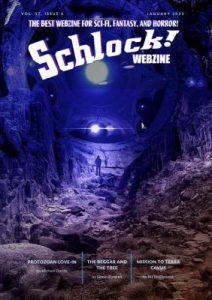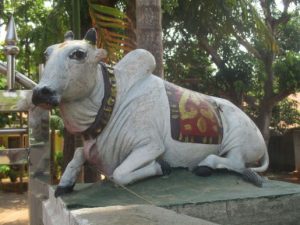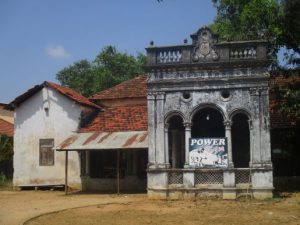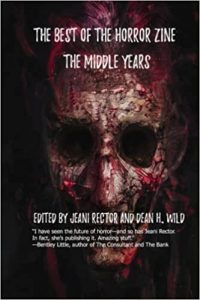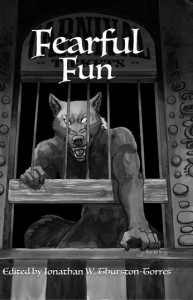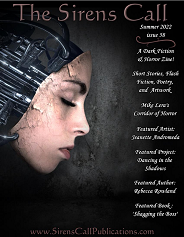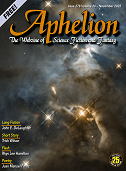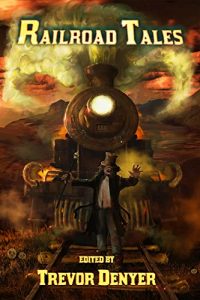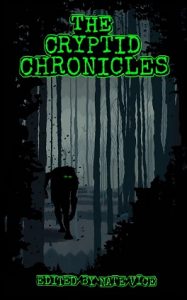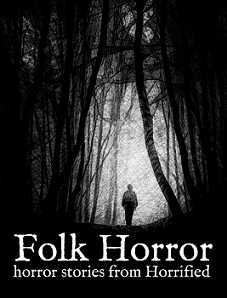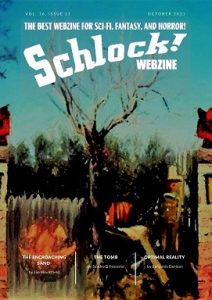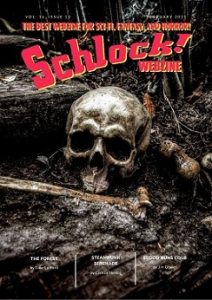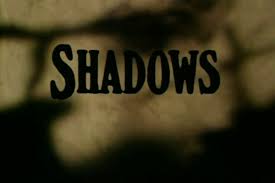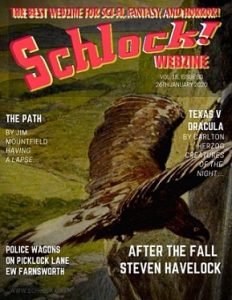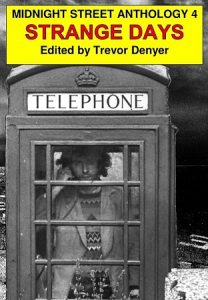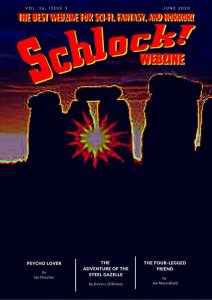
© Schlock! Webzine
Jim Mountfield, the penname under which I write horror fiction, has just had his first short story published in 2022. Entitled Never Tell Tales Out of School, it’s the tale of a middle-aged man who returns to the school where, during his childhood, he suffered horrific bullying – and discovers that, even 45 years later, his ordeal isn’t yet over. The story appears in the latest issue of Schlock! Webzine.
One thing I realised whilst researching and planning the story was just how many techniques existed during my schooldays – the 1970s – if you were a sadist and wanted to inflict pain on a fellow pupil. There was a wide range of physical torture methods that were deployed in playgrounds the length and breadth of the United Kingdom, making your schooldays not ‘the happiest days of your life’, as some people have claimed, but a theatre of utter cruelty. These were as varied and horrible as the ones mentioned in Edgar Allan Poe’s 1842 story The Pit and the Pendulum. Here are some of the torture techniques I remember from back then – a few of which get referenced in Never Tell Tales Out of School.
Dead leg – The act of sneaking up behind somebody and smashing your knee into the back of one of their legs, behind their knee. This invariably caused the person’s leg, then the person him or herself, to buckle and collapse. If you did this in a particular place, for example, at the top of a steep flight of steps or at the edge of a pond, the results could be spectacular. The upper-limb equivalent of the dead leg was the dead arm, which merely involved smashing your fist into someone’s upper arm. This was commonly used against kids who’d just received their BCG (Bacillus Calmette-Guérin) vaccination for tuberculosis. A dead-arm blow against the spot that the vaccination needle had recently penetrated was agony.
Chinese burn – Someone would seize your arm just above the wrist with both hands. Then one hand twisted the skin and tissue in one direction and the other hand twisted them in the opposite direction. I don’t know what was particularly Chinese about this but, my God, for a few minutes afterwards, it did burn.
Monkey scrub / Noogie – A hideous cranial torture in which someone gripped you in a headlock and, continually, rubbed their knuckles up and down against the top of your skull. I’ve also experienced a variation of this whereby somebody held me by the arms and another person rubbed their knuckles up and down, neverendingly, against my sternum – creating the impression that my ribs were being tickled with a red-hot poker.
Camel bite – According to the Urban Dictionary, this was: “When one person squeezes another person’s thigh region hard, resembling the bite of an actual camel.” Ouch!
Spamming – Slapping someone very hard on the forehead. Sometimes the simplest techniques are the best… or the worst.
Bog wash – Oof. This was the 1970s school equivalent of water-boarding. Basically, someone would shove your head down into a toilet-bowl in the school loos and pull the lever or chain to flush it. At best, your head and hair got drenched while you briefly suffered terrifying claustrophobia. At worst, your head became stuck in that funnel of porcelain and, well, you were in danger of drowning.
Knockout / The wall of death – And here’s another one that, on occasion, must have been life-threatening. Someone would ram you back against a wall and drive their shoulder hard into your chest. You remained wedged there, between the unstoppable force of the shoulder and the immovable object of the wall, until you stopped breathing, passed out and collapsed. Then, out of interest, a count would be made to determine how long it was before you regained consciousness. If you regained consciousness…
Hardy knuckles – A test of endurance done with a deck of cards, brand new cards that were still stiff and unbending. You held forward a clenched fist and someone slammed the edge of the deck down against your knuckles and, below them, the lower parts of your fingers. This was repeated, the edges of the cards scraping mercilessly downwards, until your knuckles and fingers were seriously lacking in skin.
There were other horrors I don’t remember the names of. The one I constantly fell victim to stemmed from the fact that I was a both a big daydreamer and a big tea drinker. I’d often be sitting in the school canteen daydreaming about such things as, say, how I was going to become rich and famous before I turned 20 by writing an epic fantasy trilogy that was even more popular than J.R.R. Tolkien’s The Lord of the Rings (1954-55). Meanwhile, a cup of tea would be resting on the table in front of me, the end of a metal teaspoon sticking out of it, propped against the cup’s rim. Invariably, some c*nt would creep up behind me. They’d snatch the teaspoon, whose metal was now heated to the temperature of the surrounding, boiling-hot tea, out of the cup and press it against my face. This could have been called spoon branding.
The March 2022 edition – volume 16, issue 26 – of Schlock! Webzine can be accessed here, and Never Tell Tales Out of School itself can be accessed here.
